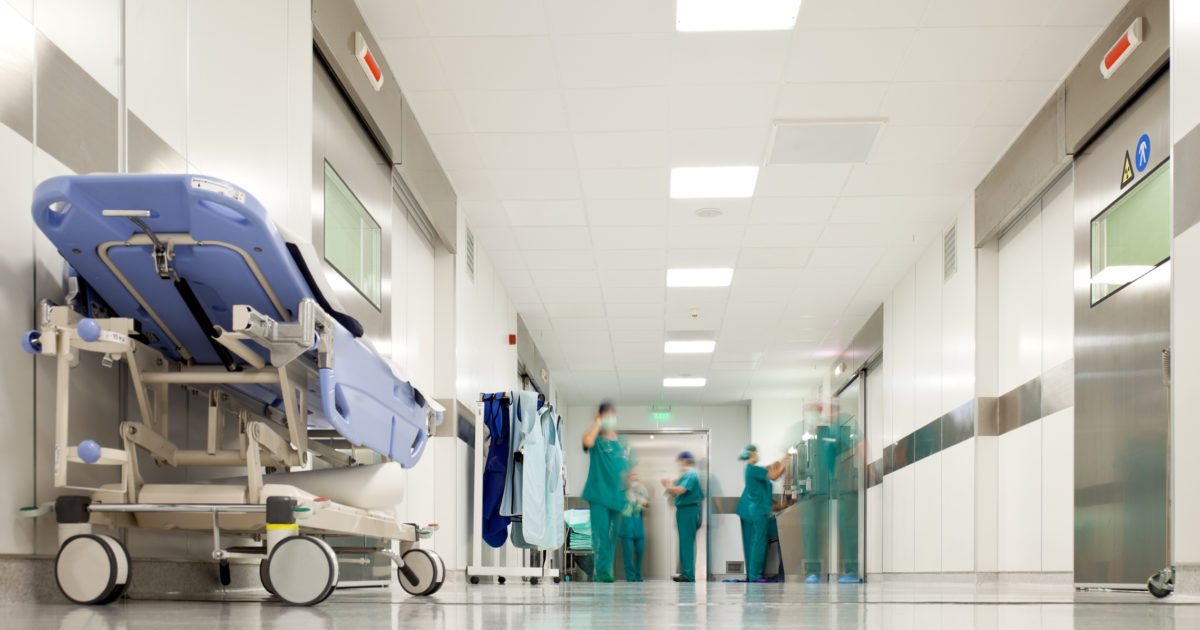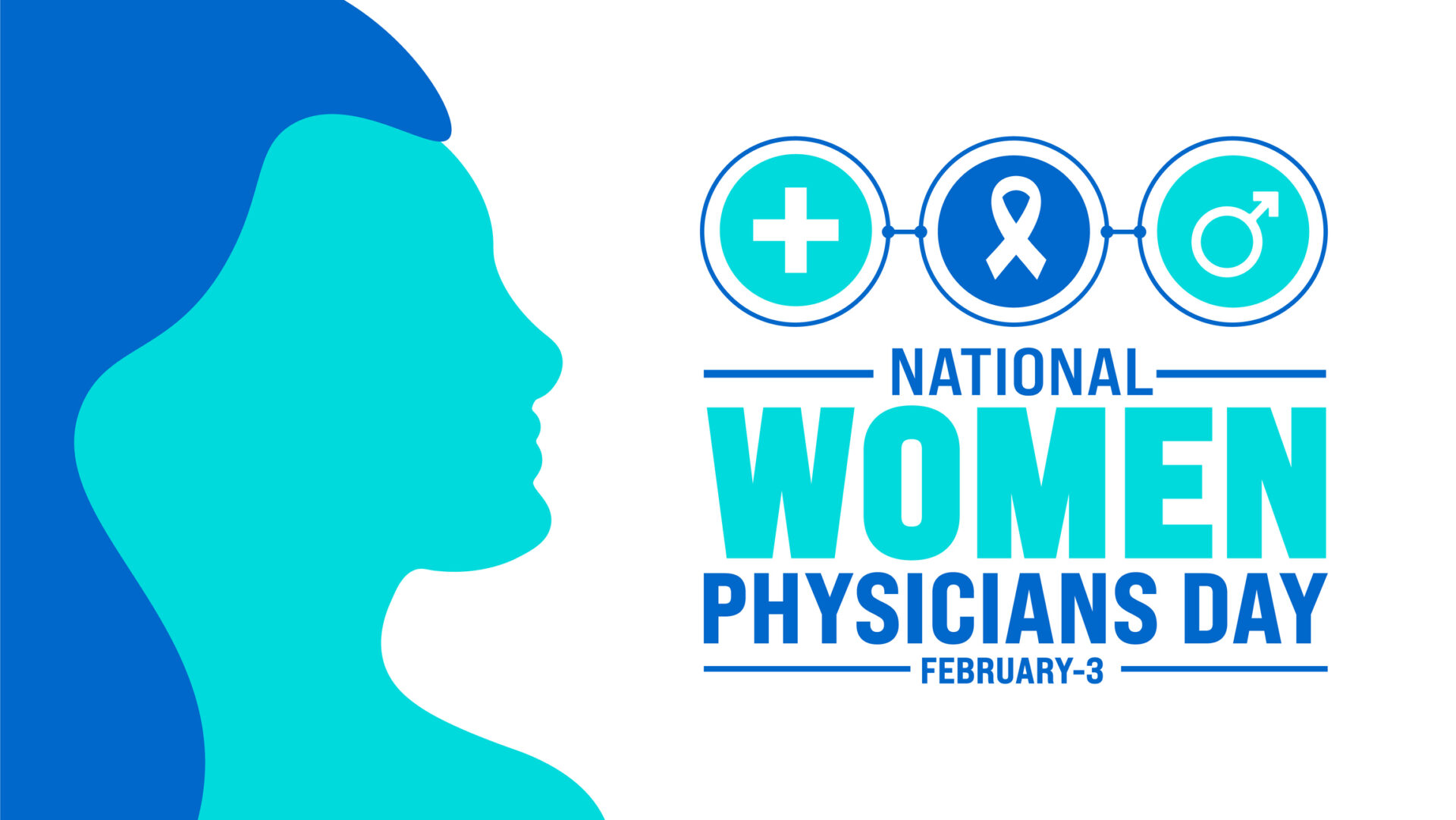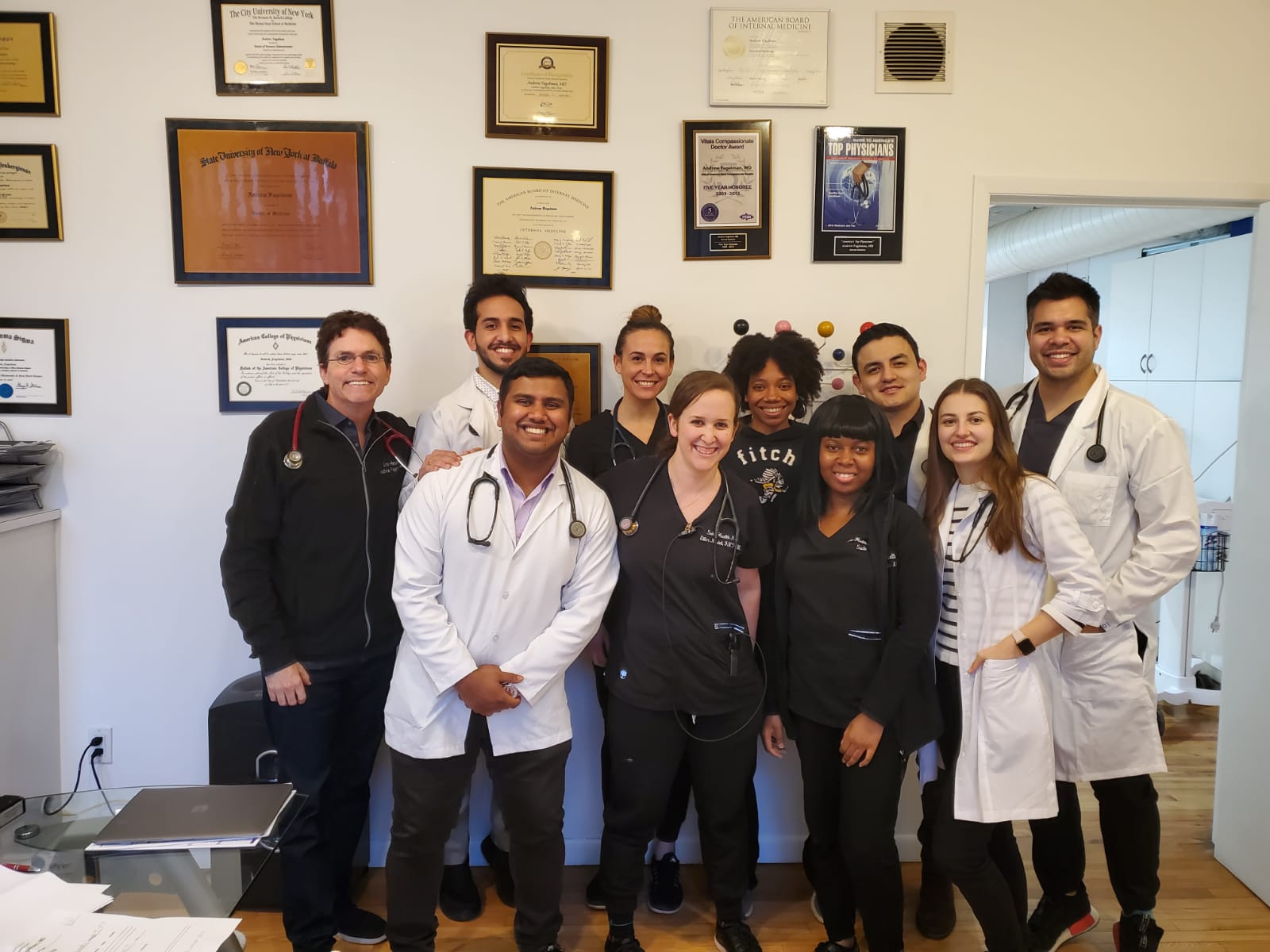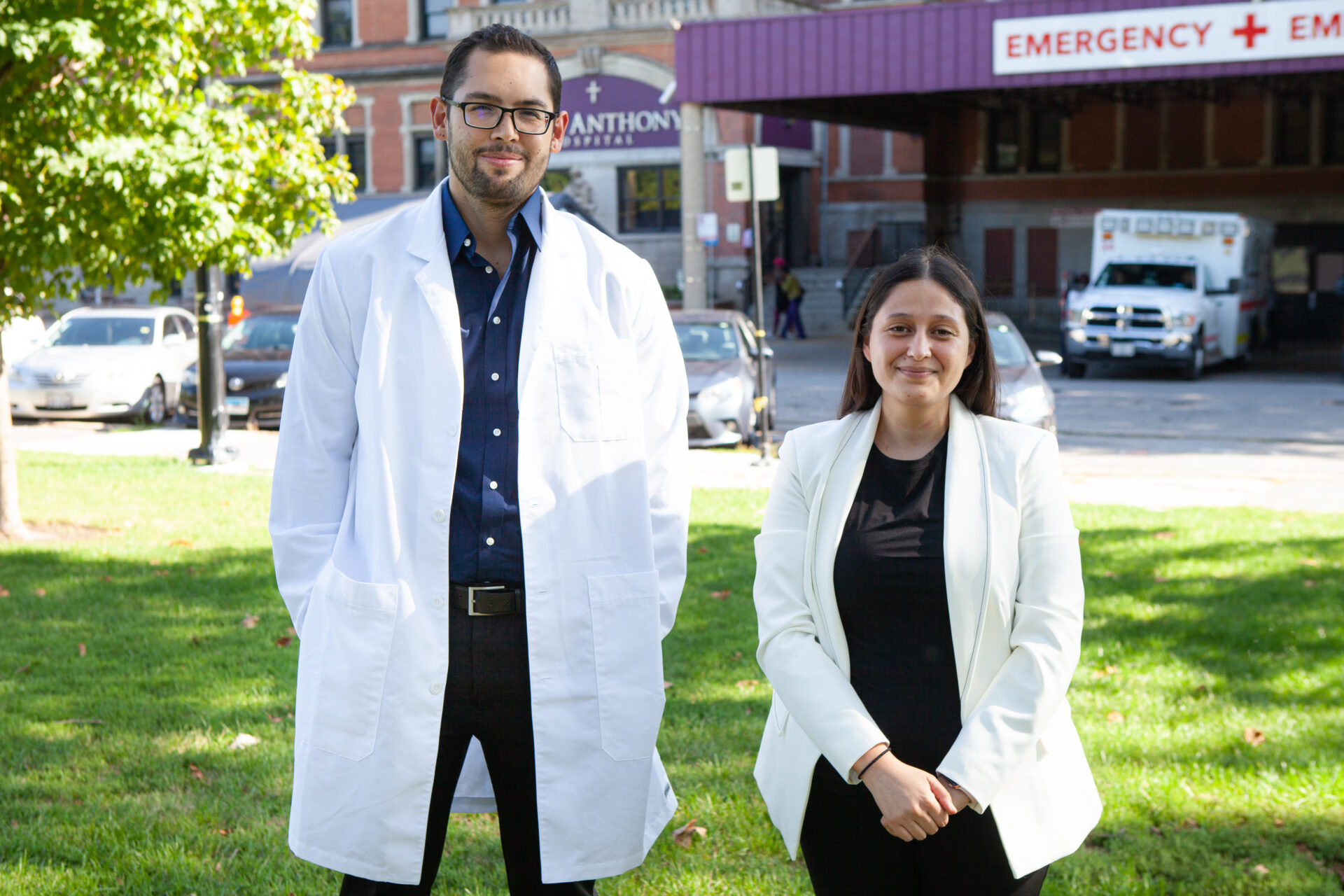If you’ve considered applying to an AMO clinical experience, you may have noticed experiences take place in the hospital, clinic, or a combination of the two settings. Depending on your experience with the U.S. medical system, you may have questions regarding how these two settings differ.
Understanding the differences between U.S. hospitals and clinics can help you determine which setting you would prefer your rotation to take place in. It can also help you decide which location you would like to work in down the road—should you choose to practice medicine within the U.S. Continue reading below for a brief overview of both settings’ role in improving a patient’s health and quality of life.
Hospitals and Clinics Differ in Size
You can see the most apparent difference between hospitals and clinics from the outside. Hospitals are much larger than clinics. They employ more professionals, have space for operating rooms, beds to accommodate overnight—also called inpatient—stays.
Clinics are often small and employ a few doctors. You may be able to get specialized care at a clinic as there are many different types of clinics. There are primary care clinics, sexual health clinics, addiction clinics, physical therapy clinics, and many others.
With rural healthcare offerings continuing to decline, mobile clinics have become affordable and accessible. Mobile clinics employ a handful of general practitioners who, with limited supplies in tow, travel to rural communities to preventative and routine healthcare. Because mobile clinics have limited supplies, they may have to refer patients in these areas to specialists in a more urban environment.
Hospitals and Clinics Provide Different Care
Because hospitals and clinics differ in size, their services also differ. Hospitals house more physicians and specialists, all of whom need specific medical equipment and plenty of space to provide care in their area of expertise. Hospitals manage serious medical cases. Patients who need surgery, care from a specialist, have medical emergencies, or experience mental health crises should receive care at a hospital. Because many of the scenarios outlined above have long recovery periods that require help from trained professionals, overnight stays are common; inpatient care is another term for this.
Clinics, on the other hand, see patients for routine or preventative care appointments, and minor health concerns. Patients go to clinics for physicals, screenings, immunizations, and follow-up appointments. They may also go to a clinic if they experience common sicknesses like the flu or a cold. These settings have a smaller staff and fewer resources. If a clinic cannot provide the level of care a patient needs, they are referred to a specialist.
Hospitals and Clinics Have Different Availability
Because hospitals provide emergency care and treat patients with serious health concerns, most hospitals are open 24 hours and accept walk-in appointments. Clinics, on the other hand, operate during the weekdays. Because these clinics have limited hours, patients generally have to book appointments well in advance.
Depending on their clientele, some clinics may have unusual hours to accommodate patients who work Monday through Friday. Some clinics may offer evening hours or hold appointments on Saturdays. This is common for physical therapy clinics and dentist offices—which may be considered clinics
Want to know more about how these healthcare settings differ?
Participate in a clinical experience and expand your knowledge in one, or perhaps both, of these settings.






